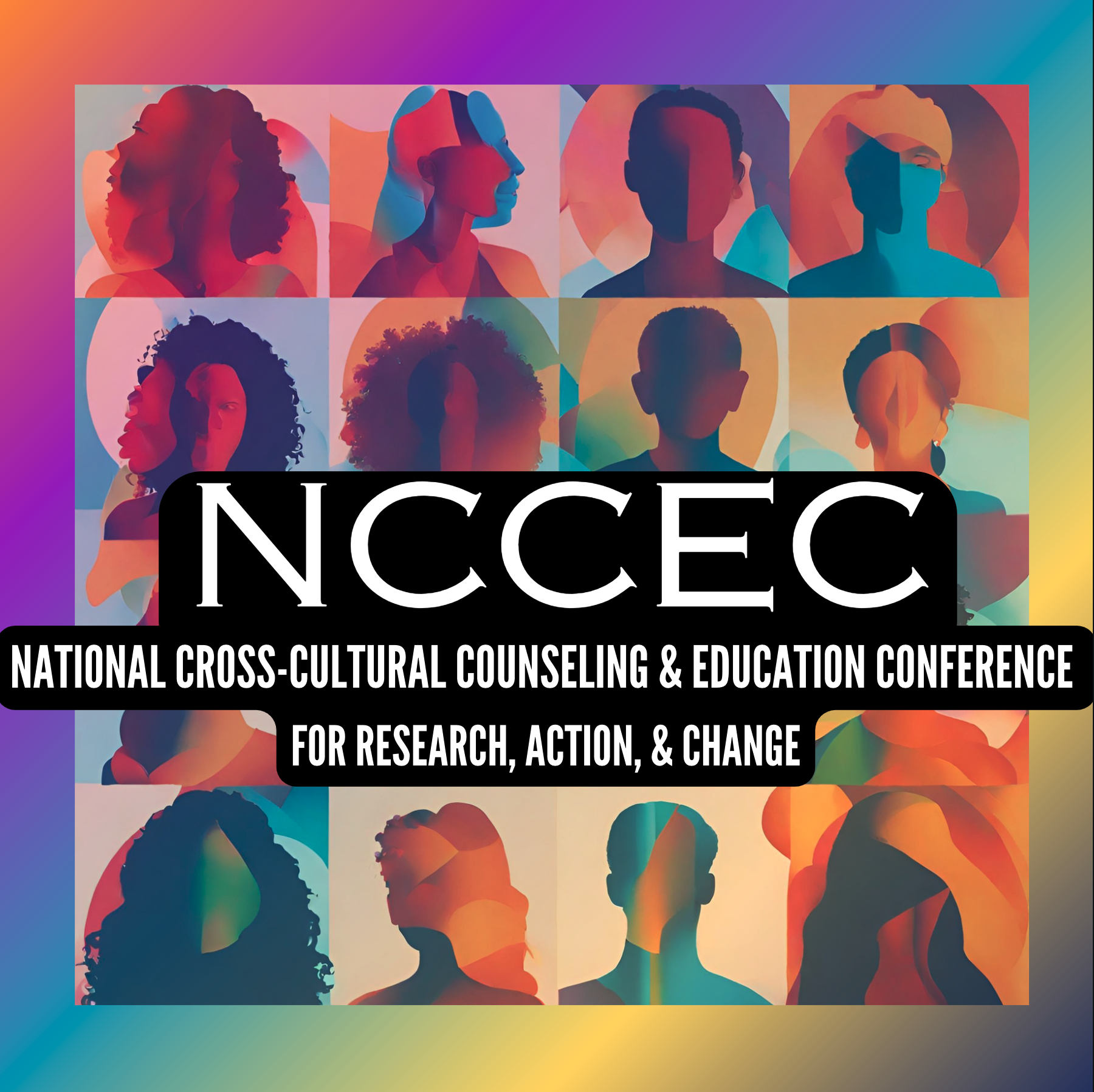The Intersectionality of Rurality and Race: Increasing Knowledge and Equitable Practices
Conference Strand
Identity Formation
Abstract
All people are recipients of dominant cultural messages about the meaning of rurality. The intersectionality of place-based and race-based identities, moreover, influence the experiences of rural individuals. Therefore, this presentation will provide a review of literature, recommendations, and a forum for discussion on these topics as starting points for better understanding and assisting this population.
Evidence
References and Some of the Additional Resources for this Presentation:
Castagno, A. E. (2014). Educated in whiteness: Good intentions and diversity in schools. Minneapolis, MN: University of Minnesota Press.
Collins, P. H., & Bilge, S. (2016). Intersectionality. Cambridge, UK: Polity Press.
Jones, S. R. & Abes, E. S. (2013). Identity development of college students: Advancing frameworks for multiple dimensions of identity. San Francisco, CA: Jossey-Bass.
Leonardo, Z. (2009). Race, whiteness, and education. New York, NY: Routledge.
National Center for Education Statistics. (2011). Table B.3.a.-1. Average freshman graduation rate for high school students, by locale: School year 2009–10. Retrieved from the NCES website https://nces.ed.gov/surveys/ruraled/tables/b.3.a.-1.asp
National Center for Education Statistics. (2015). Table B.3.b.-1 Percentage of persons ages18-29 enrolled in colleges or universities, by age group, 4-category local, and sex: 2015. Retrieved from the NCES website https://nces.ed.gov/surveys/ruraled/tables/b.3.b.-1.asp
Reynolds, W. M. (2017). Rural place: Media, violent cartographies, and chaotic disruptions. In W. H. Reynolds (Ed.), Forgotten places: Critical studies in rural education (pp. 31-44). New York, NY: Peter Lang Publishing.
Theobald, P., & Wood, K. (2010) Learning to be rural: Identity lessons from history, schooling, and the U.S. corporate media. In K. A. Schafft & A. Y. Jackson (Eds.), Rural education for the 21st century: Identity, place, and community in a globalizing world (pp. 17-33). University Park, PA: The Pennsylvania University Press.
Thomas, A. R., Lowe, B. M., Fulkerson, G. M., & Smith, P. J. (2011). Critical rural theory: Structure, space, culture. Lanham, MD: Lexington Books.
United States Department of Agriculture. (2017). Rural education at a glance: 2017 edition. Retrieved from the USDA website https://www.ers.usda.gov/webdocs/publications/83078/eib-171.pdf?v=0
United States Department of Agriculture. (2018). Rural America at a glance: 2018 edition. Washington, DC: U.S Department of Agriculture. Retrieved from the USDA website https://www.ers.usda.gov/webdocs/publications/90556/eib-200.pdf?v=5899.2
Format
Individual Presentations
Biographical Sketch
Elise J. Cain, Ph.D. is an Assistant Professor of Educational Leadership (Higher Education Administration) at Georgia Southern University. She studies both postsecondary and secondary education with her primary area of research focusing on college students from rural areas. Her interest in studying this student population is centered in questions of equity and social justice for rural people and educational institutions. Her previous roles include almost a decade of professional service as a student affairs administrator. She holds a doctorate from Binghamton University as well as a master’s degree and bachelor’s degree from St. Bonaventure University.
Location
Session Three Breakouts: Embassy Suites Salon A
Start Date
2-7-2020 2:30 PM
End Date
2-7-2020 3:45 PM
Recommended Citation
Cain, Elise J., "The Intersectionality of Rurality and Race: Increasing Knowledge and Equitable Practices" (2020). National Cross-Cultural Counseling and Education Conference for Research, Action, and Change. 12.
https://digitalcommons.georgiasouthern.edu/ccec/2020/2020/12
The Intersectionality of Rurality and Race: Increasing Knowledge and Equitable Practices
Session Three Breakouts: Embassy Suites Salon A
All people are recipients of dominant cultural messages about the meaning of rurality. The intersectionality of place-based and race-based identities, moreover, influence the experiences of rural individuals. Therefore, this presentation will provide a review of literature, recommendations, and a forum for discussion on these topics as starting points for better understanding and assisting this population.

Description
People from rural areas nationally are graduating high school at a comparable rate to other locales (National Center for Education Statistics[NCES], 2011), yet their enrollment (NCES, 2015) and bachelor’s degree attainment (United States Department of Agriculture[USDA], 2017) trails urbanized locations. The educational pathways of rural people, moreover, are associated with their races. For instance, in 2015 White rural people were more likely to graduate high school and were twice as likely to complete a bachelor’s degree or higher compared to rural people of color (USDA, 2017).
One way to gain a greater perspective into the experiences of rural people is to gain knowledge about their identities (Jones & Abes, 2013). Few scholars focus specifically on place-based identity (Thomas, Lowe, Fulkerson, & Smith, 2011). Nevertheless, dominant ideologies and stereotypes shape individuals’ perceptions and interactions with rural people and rural places (Reynolds, 2017; Theobald & Wood, 2010; Thomas et al., 2011). What is more, the intersectionality of place-based and race-based identity is commonly overlooked relating to rural people. Since nationally about 80% of rural people identify as White (USDA, 2018), both understandings of whiteness as well as understandings of people of color within geographical contexts are key to learning about the identities and experiences of individuals from rural areas.
This presentation, therefore, will begin by highlighting literature relating to rural locales and rural place-based identity. Next, these understandings of rurality will be intersected with understandings of race, to offer insights into how these two dimensions of identity are interwoven. The session will conclude with recommendations and group discussions about applying this data to create effective and equitable practices. The overall goal of this session is to provide educators and counselors with scholarly knowledge and skills to utilize when working with all people, but particularly people from rural areas.